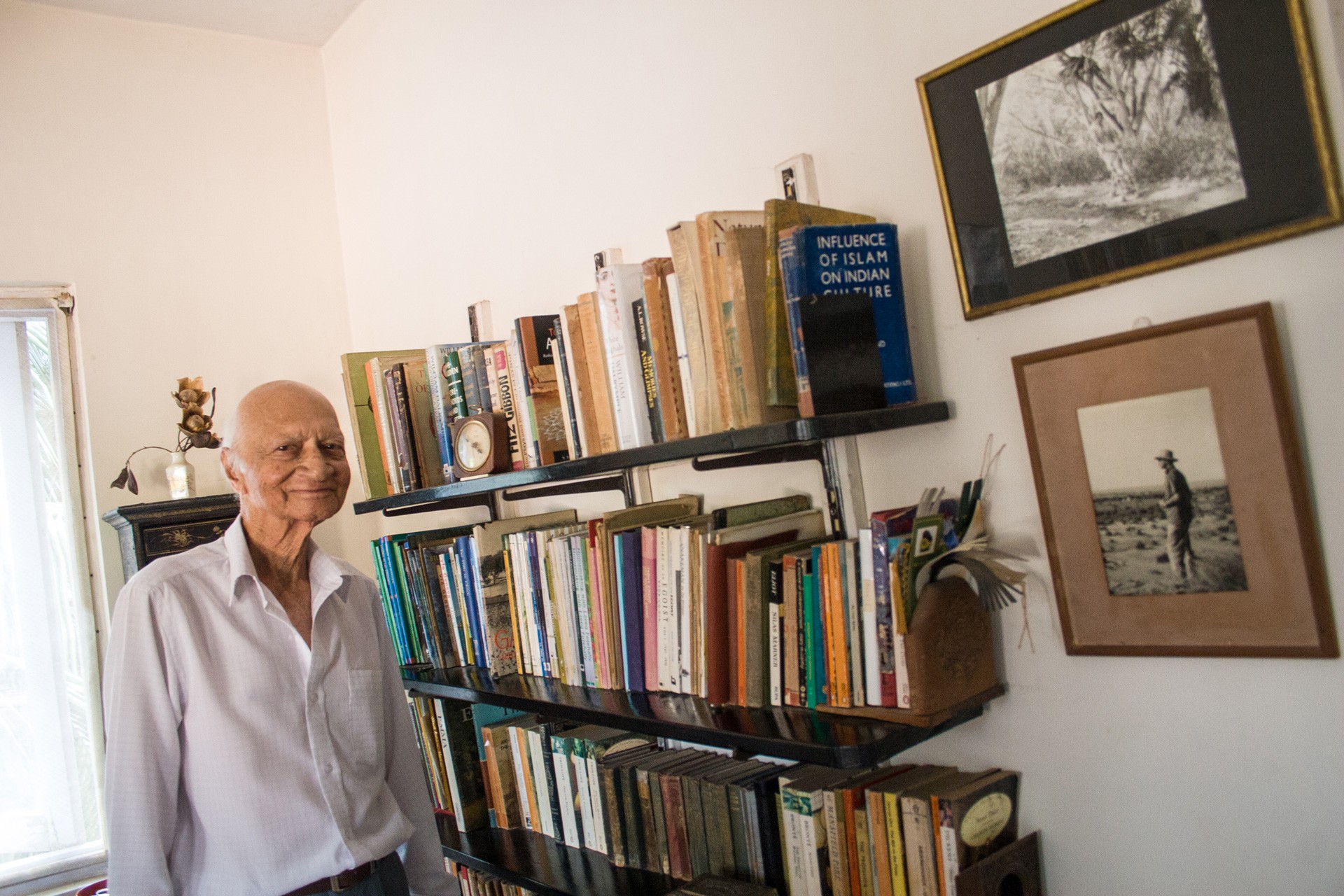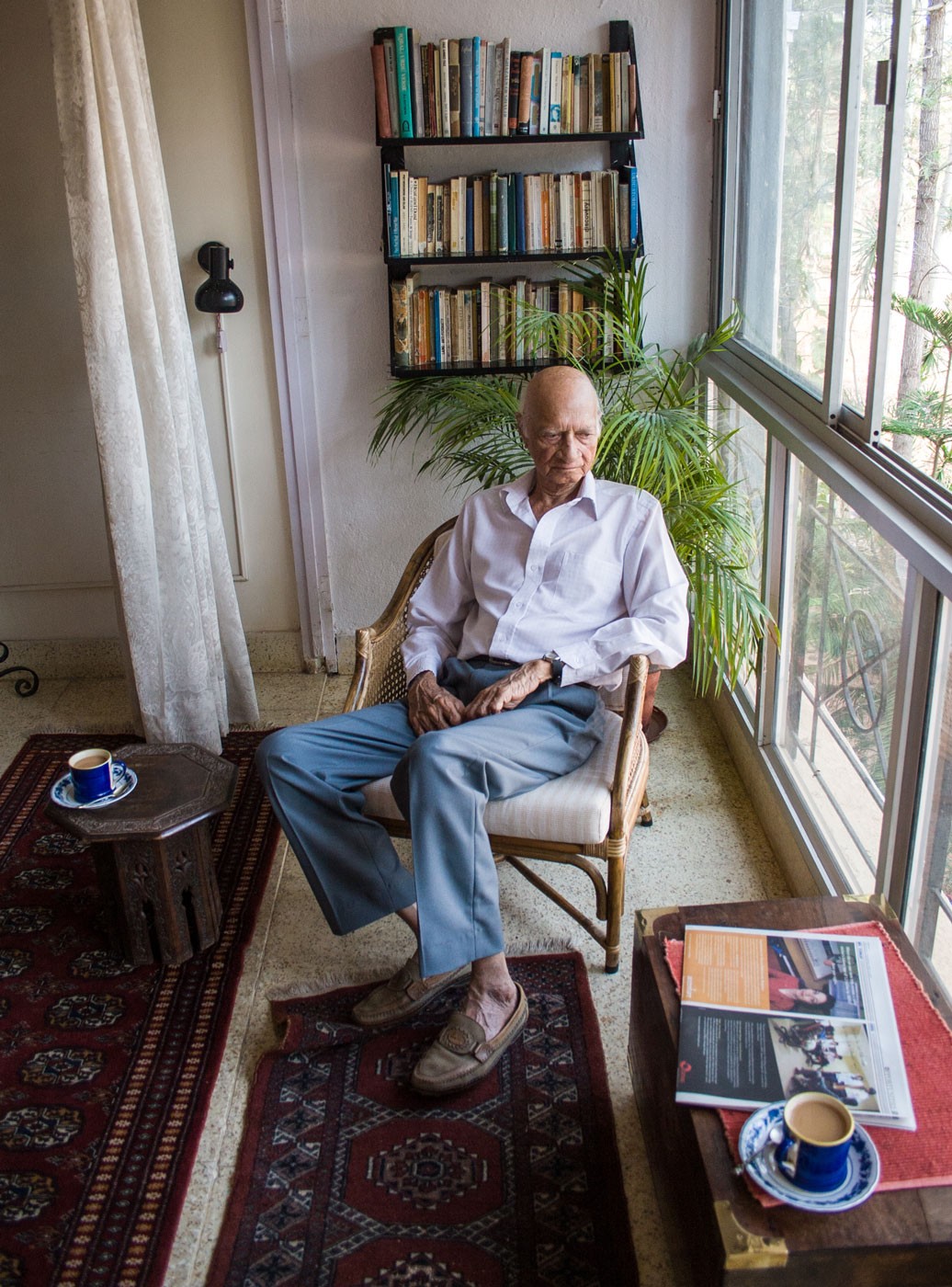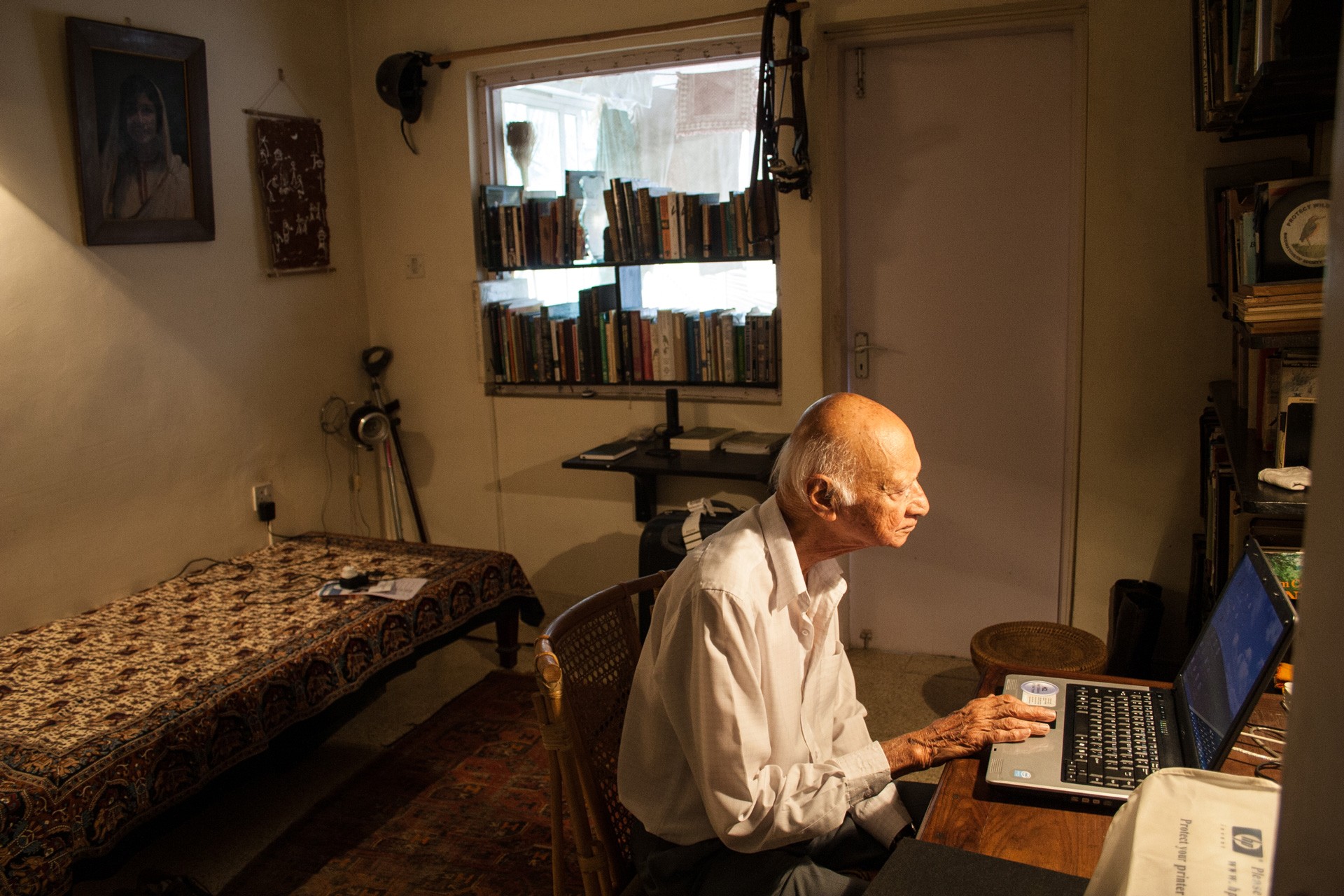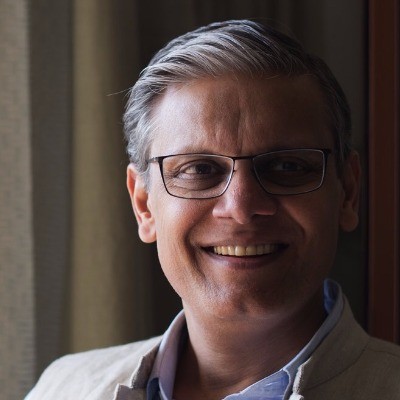Zafar sahib was a diehard optimist. In 2004, after he lost control of his beloved Newsletter for Birdwatchers he called me one day, and said, “All is not lost. We could start all over again.”
For the benefit of those whose interest in ornithology took flight in this millennium, the Newsletter was born on 31 December 1959. During an evening walk in Bandra, Sálim Ali had suggested to Zafar Futehally that the time had come to form a ‘Birdwatchers’ Field Club of India’, and produce a ‘Newsletter for Birdwatchers’, which would consist primarily of fresh observations from the field. With characteristic commitment and zeal, Mr Futehally plunged headlong into the project, taking on the onus of producing it; he also became its first editor. Its annual subscription was Rs 5. Gradually, its readership grew, despite it being slim, cyclostyled and stapled together. Zafar sahib encouraged rank amateurs to publish in it, and cajoled well-known Indian and foreign ornithologist and naturalist friends to write for it. Sálim Ali was a frequent contributor to its early issues. The Newsletter became a repository of a fascinating plethora of birding notes from across the country. ZF’s liberal editorial policy encouraged contributors to send in their notes and papers to it regularly. Many of today’s senior birders cut their teeth here. Its correspondence columns were like a coffee room abuzz with bird talk.
As he got on in years, the workload must have become substantial, and people volunteered to chip in. S Sridhar, of Bangalore, took on the laudable task of printing the Newsletter, and in the September–October 1988 issue, after nearly 28 years of distributing cyclostyles, ZF’s editorial triumphantly announced, “At last in print.” Over the years, Sridhar also took to managing subscriptions. However, ZF remained editor.
In January 2004, at a gathering of its subscribers in Bangalore, ZF announced a change of editors of the Newsletter, emphasising that Sridhar’s role as publisher was irreplaceable. He asked the gathering whether anyone disagreed with this change; none did. But when the January–February 2004 issue of the Newsletter was published, it was clear that the four-decade old publication had new people at the helm, with a new editorial board instituted by its publisher, without consulting ZF. ZF’s only comment, when he had a copy at hand, was, “I have received a few shocks in my life but the arrival of the Jan/Feb issue today has been a special one.”
ZF, Santharam, and I set up the New Ornis Foundation (NOF) soon after. V Santharam had been a regular, and prolific contributor to the Newsletter since 1978. His detailed observations of birds and their behaviour were a treat to read. After graduating in commerce, he did a Masters in ecology, and a PhD on woodpeckers. He teaches at the Krishnamurti Foundation’s school in Rishi Valley, Chittoor.
One incident in particular from the time we registered the Trust has stayed with me. The three founding Trustees, Zafar sahib, V Santharam and I agreed upon a mutually convenient date. On D-day, 25 October 2004, both were here in Hyderabad, and we went ahead to the Sub-registrar’s office to register NOF’s Trust Deed. Later, at lunch, Zafar sahib peered at us with mischievously glinting eyes and said dryly, “You know, I nearly did not make it today.” When pressed, he confessed that he’d gone riding a day earlier, and the horse had thrown him. He would have been eighty-four years old then. “I was in a lot of pain, and so quietly called my doctor and informed him of the mishap. But I also told him I simply had to go to Hyderabad for the registration, and entreated him to ensure I could go. I also warned him not to tell Laeeq [Mrs Futehally]. Thankfully the pain subsided, and so here I am!” That was the level of his commitment and passion.
Another incident about ZF that comes to mind is from 1998, when Indian birdwatchers and ornithologists met in Coimbatore. BirdLife International was in town, with the agenda to enrol one Indian organisation as its International Partner in India.
BirdLife International (BLI) is a global partnership for nature and people. It started as the International Committee for Bird Preservation (ICBP) in 1922, and in 1993 became BirdLife International. Today it has 120 Partners worldwide.
The toss-up for such a candidate was between the Bombay Natural History Society (BNHS), and the Salim Ali Centre for Ornithology and Natural History (SACON). Three days’ worth of back-and-forth did not seem to resolve anything; talk also veered towards a new, democratic pan-Indian organisation, as one of the BLI’s criteria for selecting a partner was that it should be autonomous, and membership-driven. In the concluding meeting, the general mood was cloudy, and amateur birders were justifiably discouraged. VS Vijayan, Director of SACON, and our host, announced that Zafar Sahib had to catch an early flight, and wished to address the assembly for a few minutes before he left. Midway through the function Mr Futehally strode into the marquee, as the seated audience watched, and was given the podium. Gentlemanly to the core, he apologised for his interruption, thanking everyone present for tolerating the intrusion. Then, in less than ten minutes he summarised the proceedings of the past three days, explained the bottleneck we were in, and gave hope to the audience that only good would come of so much genuine deliberation. He walked away to a standing ovation. [In 1998 BirdLife International chose BNHS as its India partner: the outcome of a Strategic Planning Workshop in September that year, which agreed to ‘form a sustainable network, linking ornithologists, birdwatchers and organisations working for bird conservation in India, called the Indian Bird Conservation Network (IBCN).
This was ZF’s special gift. He cut through complex situations, and seemingly impermeable bottlenecks, to the core issue at hand. He saw things, and situations plainly, stripped of all their emotion and sentimental trappings. It is not surprising then, that he was an integral part of independent India’s early conservation history, be it policy, steering BNHS (as Hon. Secretary), editing its iconic Journal of the Bombay Natural History Society (1963–1973), setting up World Wildlife Fund-India, starting and, single-handedly, running for nearly four decades the Newsletter, or working towards the preservation of the lakes of Bengaluru. His sole work ethic seemed to have been to get on with the job at hand and see it through to its logical end.
For more on Zafar Futehally, take a look at this cartoon tribute by Rohan Chakravarty, and this 2011 interview by another eminent birder, Bikram Grewal.




